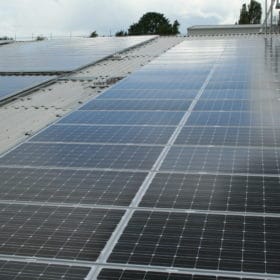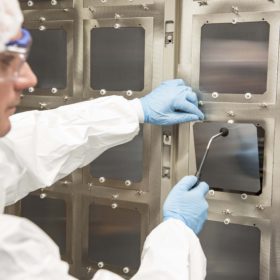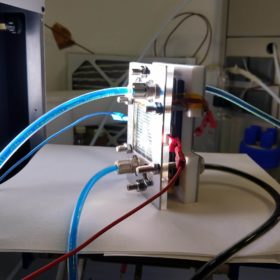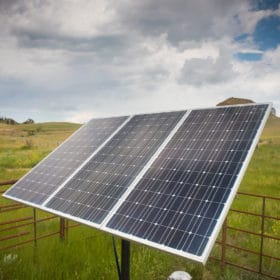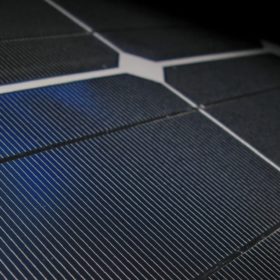New tool calculates solar potential of any location in Canada
A newly developed digital platform calculates the expected energy generation in kilowatt-hours for grid-connected PV arrays without storage, under standard testing conditions.
Thermal model to predict PV panel temperature
Scientists in Turkey have tested a transient thermal model to predict PV module temperature during a five-day interval in June. The model considers the heat capacity of a PV module, which is usually not provided by manufacturers in their product sheets, as a parameter for temperature prediction.
Australian research improves scope, efficiency of PV light sensitizers
Australian scientists have developed an algorithm to increase both the efficiency and compatibility of light sensitizers in solar panels.
Oxford PV retakes tandem cell efficiency record
Perovskite developer Oxford PV has set a new world record for perovskite-silicon tandem cell efficiency at 29.52%, edging out the previous record set less than a year ago by Helmholtz Zentrum Berlin. The new record has been certified by the U.S. National Renewable Energy Laboratory.
BIPV windows viable only if they add soft value to buildings
Solar windows are only likely to reach commercial maturity when manufacturers consider how they can add “soft” value to buildings, as required by the construction industry. In order to increase this value, increasing their conversion efficiency will become less important, while understanding how to blend them into the existing value chain in the real estate business will be crucial.
Vanadium redox flow battery integrating CIGS modules
Spanish and Finnish scientists have developed a solar vanadium redox flow battery paired with commercially available CIGS solar panels. The open-circuit voltage values were high enough to achieve unbiased photocharge, they said.
Optimal sizing for solar water pumps
Researchers in Malaysia have proposed a new approach for optimal sizing of solar water pumps. Their method consists of using a single PV module, a charge controller, several batteries, and a DC load.
Solar noise barriers require high self-consumption rates
Dutch contractor Heijmans has deployed a solar noise barrier to test three different PV module technologies, including cadmium telluride, CIGS, and crystalline products. Initial analysis has shown unexpectedly low returns, due to the rates at which the installation is selling power to the grid. But high levels of self-consumption could make such designs competitive with conventional noise barriers.
Batteries and hydrogen to make residential off-grid PV technically feasible
Researchers in Finland have demonstrated the technical feasibility of an off-grid residential PV system combined with short-term battery storage and seasonal hydrogen storage. The proposed model is applicable only to northern climates, as higher levels of solar radiation in southern locations would mean a reduced need for seasonal storage. It was tested in an existing single-family house in Finland with a 21 kW rooftop array and a ground source 6 kW heat pump.
Water harvesting tech for PV panel cleaning and cooling
An international research team has proposed to use nighttime radiative cooling to harvest water from PV panels and reuse it for module cleaning during the daytime. According to their findings, the proposed system has, also, a beneficial effect on the modules’ operating temperature.

